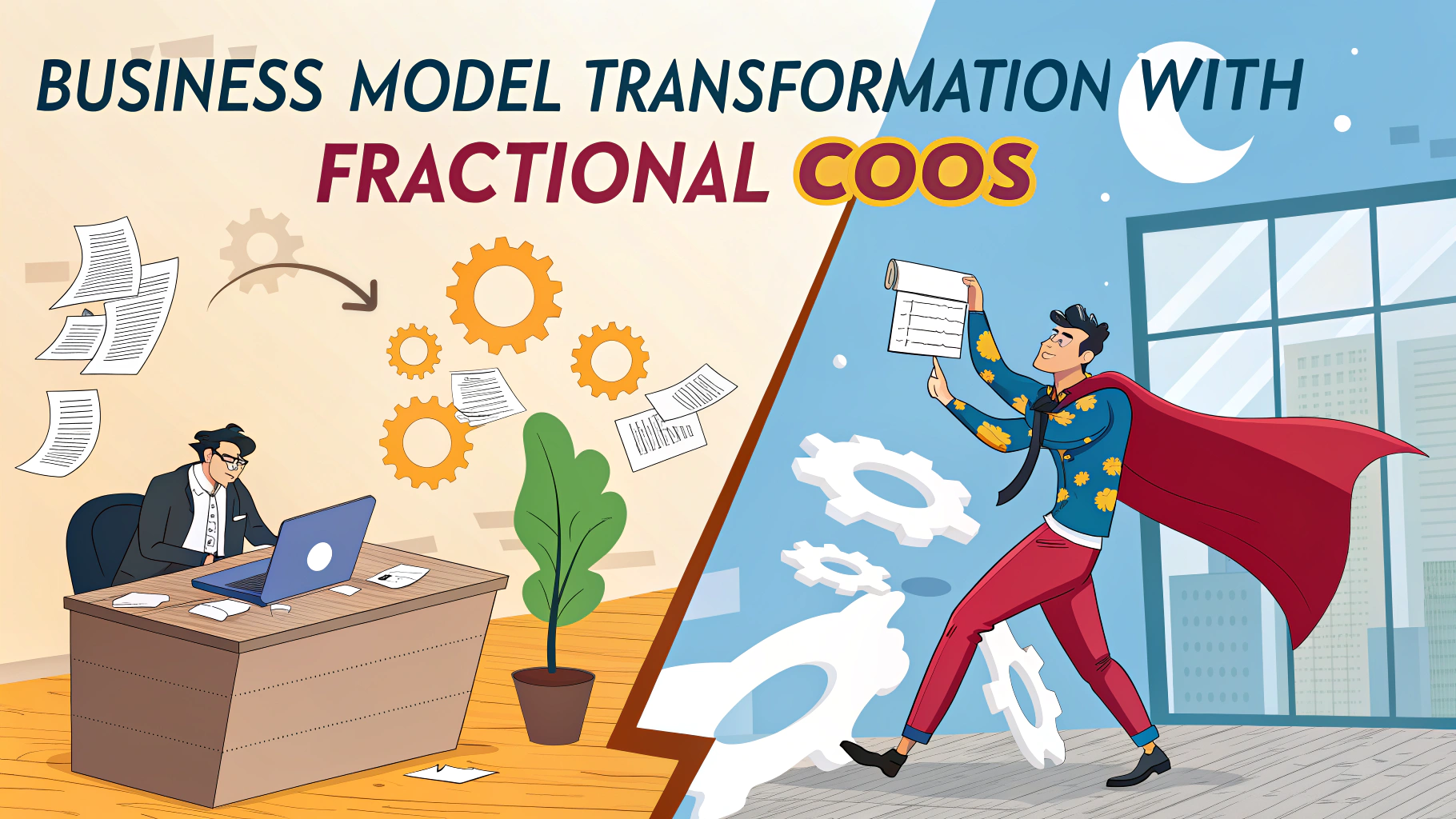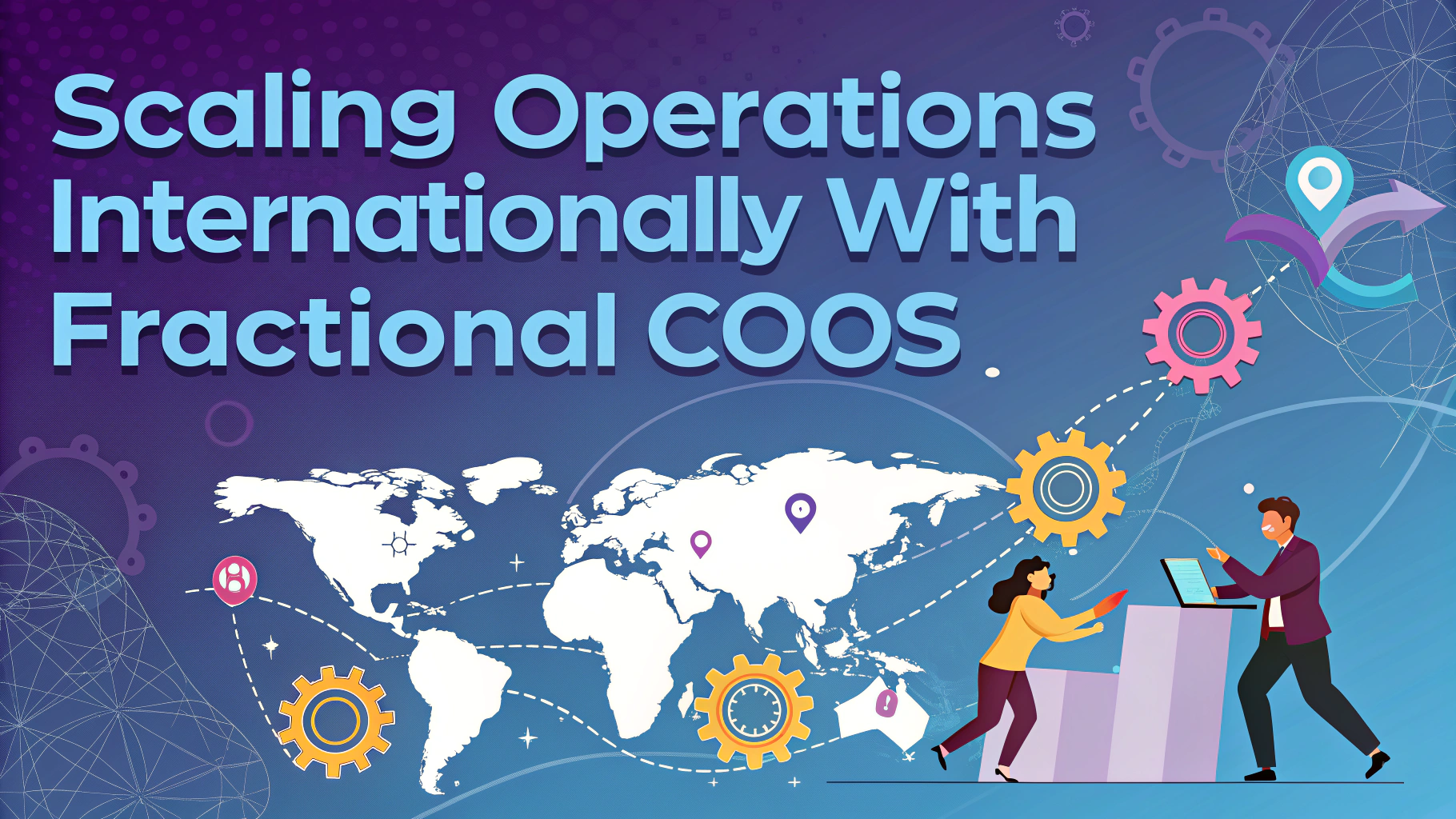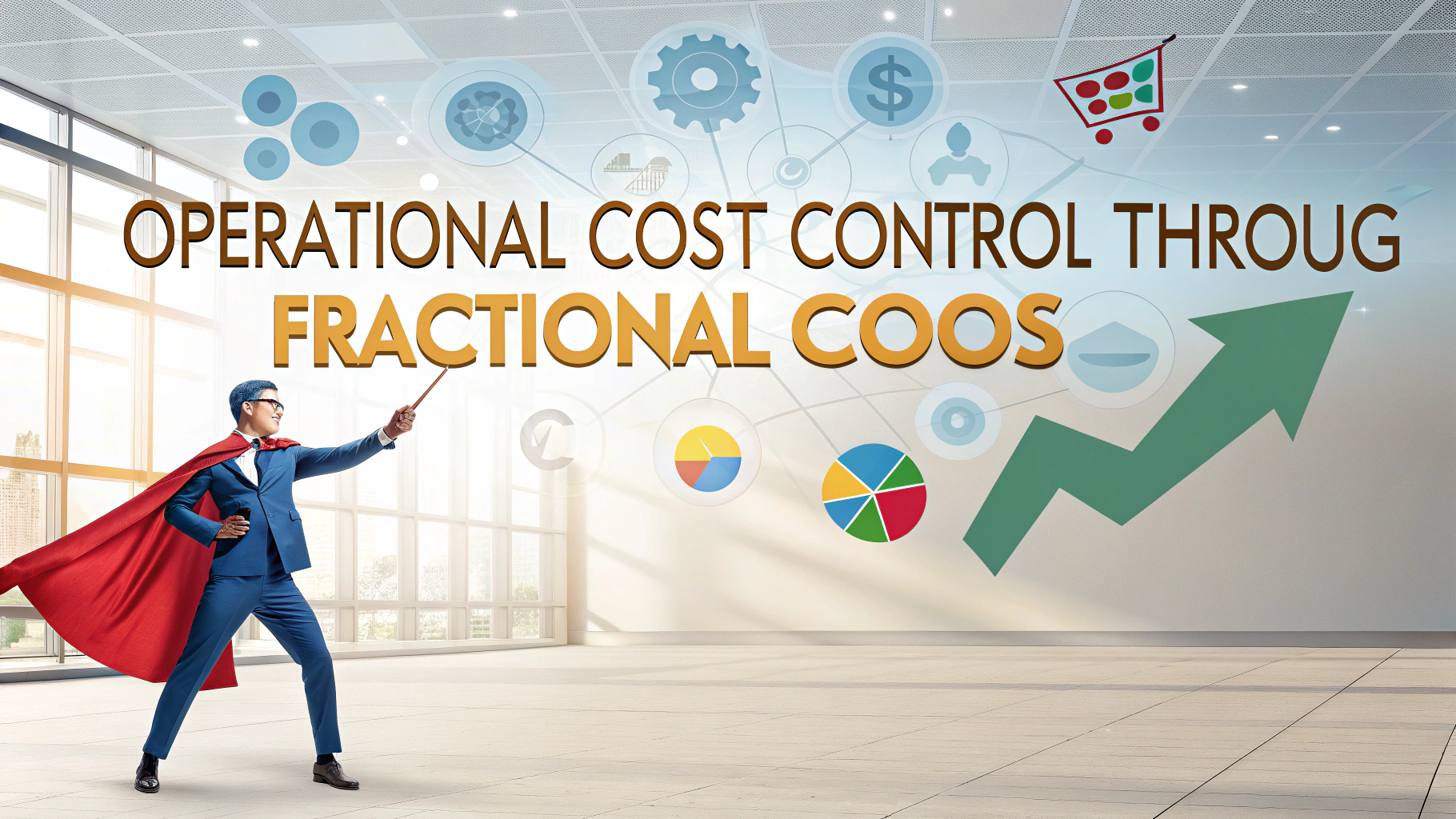The CEO (Chief Executive Officer) holds the highest position in most corporate hierarchies, outranking the President and other C-suite executives.
A CEO directly reports to the board of directors and shoulders ultimate responsibility for the company’s performance, strategy, and major decisions.
Understanding the distinction between these roles helps clarify the chain of command and decision-making processes in organizations.
Organizational Structure Breakdown
- CEO: Sets company vision and strategy
- President: Manages daily operations and executes strategy
- COO: Oversees operational efficiency and implementation
Key Responsibilities
| Position | Primary Focus | Reports To |
|---|---|---|
| CEO | Long-term strategy, investor relations, board interaction | Board of Directors |
| President | Business unit oversight, strategy execution | CEO |
| COO | Daily operations, process optimization | CEO or President |
Common Reporting Structures
Some organizations combine the CEO and President roles into one position, often titled “President and CEO.”
In smaller companies, the CEO might take on presidential duties, while larger corporations typically separate these roles for better management distribution.
International companies may use different titles, with Managing Director being equivalent to CEO in some regions.
Decision-Making Authority
- CEO Authority: Final say on strategic decisions, acquisitions, and major investments
- Presidential Authority: Operational decisions, market expansion, product development
- COO Authority: Process improvements, resource allocation, team management
Practical Tips for Understanding Corporate Hierarchy
Check the company’s organizational chart or annual report to understand specific reporting structures.
Look for the term “Office of the CEO” which often indicates a collaborative leadership approach.
Reference SEC filings for public companies to understand exact executive roles and responsibilities.
Moving Forward in Corporate Leadership
For accurate information about specific company structures, contact their investor relations department or HR team.
Companies often list executive roles and responsibilities on their corporate websites under “Leadership” or “Management Team” sections.
Professional networking platforms like LinkedIn can provide insights into how different organizations structure their executive teams.
Succession Planning and Leadership Development
Organizations typically develop clear succession plans for top executive positions to ensure continuity.
Leadership development programs often groom potential candidates for executive roles through rotational assignments and mentorship.
- Internal Promotion: Companies often prefer promoting from within for executive positions
- External Recruitment: Sometimes necessary for fresh perspectives or specific expertise
- Transition Period: Usually involves overlap between outgoing and incoming executives
Global Leadership Variations
Regional Differences
- North America: Traditional CEO/President structure
- Europe: Managing Director or Executive Director titles common
- Asia: Chairman role often holds more authority than CEO
Modern Leadership Trends
Digital transformation has led to new C-suite positions like Chief Digital Officer (CDO) and Chief Innovation Officer (CIO).
Remote work has influenced executive roles, requiring new leadership approaches and communication strategies.
- Collaborative Leadership: Increased focus on team-based decision making
- Agile Management: Faster response to market changes
- Stakeholder Focus: Greater emphasis on social responsibility
Navigating Corporate Leadership Structure
Understanding corporate hierarchy is essential for business professionals, investors, and stakeholders.
Clear reporting structures and well-defined roles contribute to organizational success and effective governance.
Continuous adaptation of leadership roles ensures companies remain competitive in an evolving business landscape.
FAQs
- Is the CEO or President higher in corporate hierarchy?
The CEO (Chief Executive Officer) is typically higher than the President in most corporate structures. The CEO is the highest-ranking executive in a company and reports directly to the board of directors, while the President often reports to the CEO. - What are the primary responsibilities of a CEO versus a President?
A CEO focuses on overall company strategy, vision, and high-level decision-making, while a President typically manages daily operations, implements strategies, and oversees various department heads. - Can one person hold both CEO and President positions?
Yes, in some organizations, one person can hold both titles as CEO and President, particularly in smaller companies or when streamlining leadership structure. - Where does the Chief Operating Officer (COO) fit in the hierarchy?
The COO typically ranks third in the corporate hierarchy, below both the CEO and President, and is responsible for overseeing day-to-day operational functions. - What’s the reporting structure between CEO, President, and COO?
Generally, the COO reports to the President, who reports to the CEO. The CEO reports to the board of directors. However, in some organizations, the COO might report directly to the CEO. - How do compensation levels typically compare between these positions?
CEOs usually receive the highest compensation, followed by Presidents, and then COOs. However, exact compensation can vary significantly based on company size, industry, and location. - Do all companies have all three positions: CEO, President, and COO?
No, not all companies have all three positions. Smaller companies might combine roles or omit certain positions, while larger corporations typically maintain distinct roles for each position. - How do these positions differ internationally?
Title structures can vary internationally. In some countries, the term “Managing Director” might be used instead of CEO, or “Director General” might be equivalent to President. The hierarchy may also differ based on local business customs. - What’s the typical career progression to reach these positions?
Executives usually progress through various senior management roles, often starting as department heads or vice presidents, moving to COO or President positions, and potentially reaching CEO level after proving strategic leadership capabilities.







